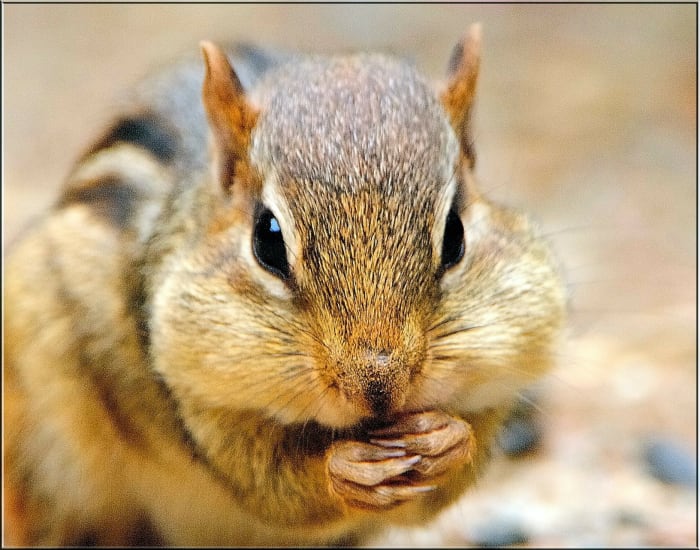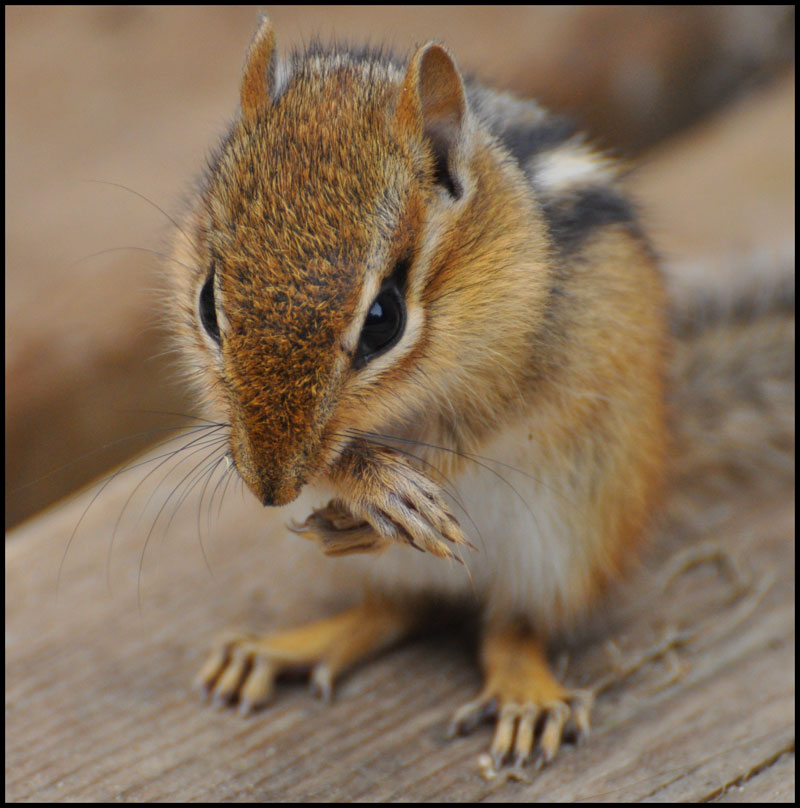

Chipmunks rarely venture further than 1/3 mile from their burrows at any time. They dig two types of burrows: shallow burrows in which they seek refuge while foraging during the day, and deeper, more complex burrows where they nest, store food and spend most of the winter months.

While the ideal habitat for chipmunks is a deciduous forest, woodland or brushland, they’re also comfortable in other areas that provide sufficient cover such as urban parks, fence lines, hedges and houses.Ĭhipmunks dig extensive burrow systems directly underneath or next to natural or manmade cover. Chipmunk HabitatĬhipmunks feel most at home in areas with plenty of ground cover, including logs, trees, stumps, shrubs and rocks. The Siberian chipmunk is the only species that is found outside of North America - its range extends throughout northern Asia, from central Russia to Japan. Western chipmunks inhabit the western states as well as most of Canada. As indicated by its name, the eastern chipmunk inhabits most of the eastern half of the United States and Canada.
#Chipmunk photo full
Shop Chipmunk Solutions » view Full Pest Library »


 0 kommentar(er)
0 kommentar(er)
